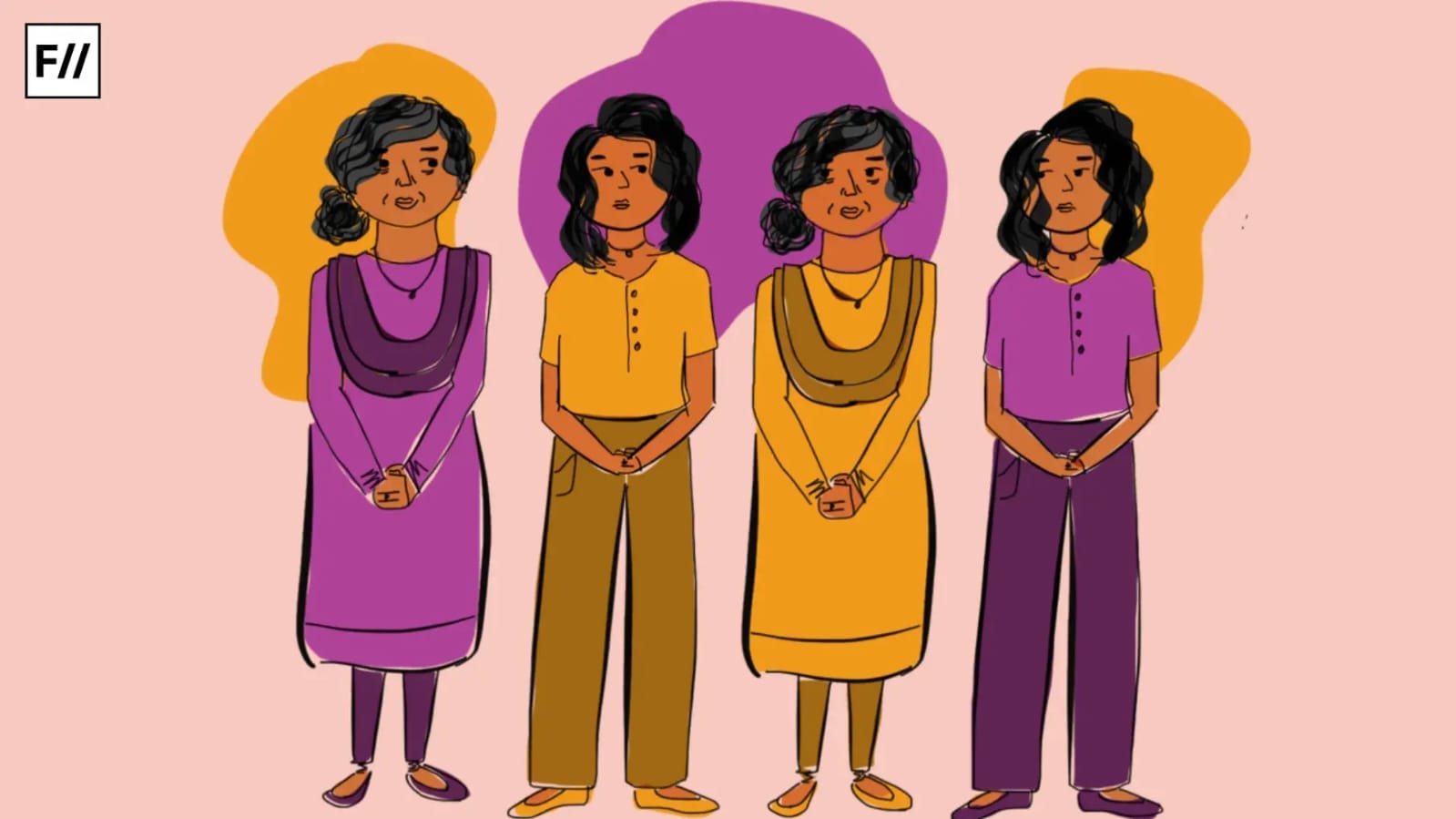This is a question that continues to confront organisational leaders, funders, policymakers: why do women remain so starkly underrepresented in leadership, even in industries where they form the majority of the workforce? From healthcare and education to manufacturing and environmental stewardship, women have long occupied the most operationally intensive roles. But even though they make up over 39% of the world’s workforce and often more than 60% of jobs in health and education, their share of top executive jobs is still less than 10% in most industries, according to ILO data.
They have historically lacked decision-making capabilities since the systems they operate within were developed without considering their needs and requirements. Despite decades of dialogue on equity, the gap between contribution and control remains largely prevalent. Access to power is still elusive.
The numbers at the top do not reflect the reality on the ground
While women may comprise the majority of production staff in a garment unit, the roles of floor supervisor, plant head, and business leader are primarily reserved for men. In the apparel industry, 80% of workers on production lines are women, but less than 5% move up to supervisory or management positions.
Women make up large percentages of the workforce in sectors such as healthcare, education, apparel manufacturing, social welfare, and grassroots development. However, their presence thins drastically as one moves up the hierarchy. This gender gap is most visible in industries where women are overrepresented at the base but underrepresented at decision-making levels. For instance, while women may comprise the majority of production staff in a garment unit, the roles of floor supervisor, plant head, and business leader are primarily reserved for men. In the apparel industry, 80% of workers on production lines are women, but less than 5% move up to supervisory or management positions.
The same pattern occurs in civil society, public systems, and even climate resilience. Internationally, women hold just 28% of senior management positions and a mere 8% of Fortune 500 CEO roles.
Norms and systems established at workplaces demand and reward constant availability, geographic mobility, and long-hour work cultures- all factors that impede growth of women at the workplace given that traditionally they are expected to juggle other responsibilities such as care work—globally, women do 76% of unpaid care and domestic work according to UN Women, making them structurally excluded from rigid workplace norms.
Mentorship cannot solve what policy continues to ignore
There has been an intent to reduce the leadership vacuum by introducing mentoring and related initiatives. These methods may work in some circumstances, but they don’t often deal with the underlying problem of exclusion. Enabling a woman to lead without altering the structures that hold her back will only make inequity worse.
Globally, women do 76% of unpaid care and domestic work, making them structurally excluded from rigid workplace norms.
When there is a culture of institutional accountability, relational support like sponsorship and peer mentorship can work. But most of these kinds of projects are short-lived, informal, and optional. Lack of defined paths to leadership, clear equity goals, and open evaluation systems are still holding women back from moving up.
Intersectionality must inform leadership design
Gender doesn’t work by itself. Caste, class, handicap, religion, and region all make it harder for some people to get what they need. A woman from tribal ecosystems who works on a community health project has distinct problems from a woman from a city who works for a nonprofit. There are many more such examples. Most leadership development programs regard women as a homogeneous group and don’t take into account how different identities affect access to power. A recent study by Dvara Research of leadership in Indian nonprofits found that more than 80% of top positions were held by upper-caste people. Even in gender efforts marginalized identities were rarely represented.
To make things more inclusive, one needs to change how positions are formed, how performance is judged, and how leadership is understood. Institutions need to think about whether their recruiting, promotion, and funding processes represent the diversity of the people they serve.
Leadership must emerge from where the work happens
If women form the operational core of entire industries, leadership cannot remain an external imposition. It must grow from within. This means recognising expertise in execution, valuing embedded knowledge, and creating opportunities for frontline staff to move into strategic roles. It also means dismantling the informal networks and unspoken rules that continue to reward conformity over contribution.
Ensuring that women do not fall from the leadership pipelines requires clarity of intent and investment of resources. It also requires a shift in what is recognised as leadership.
Unless the definition of leadership expands to include those who already carry the weight of systems, equity will remain a principle on paper rather than a practice in the workplace.
About the author(s)
Anchal Kakkar is the co-founder of Equilead.





